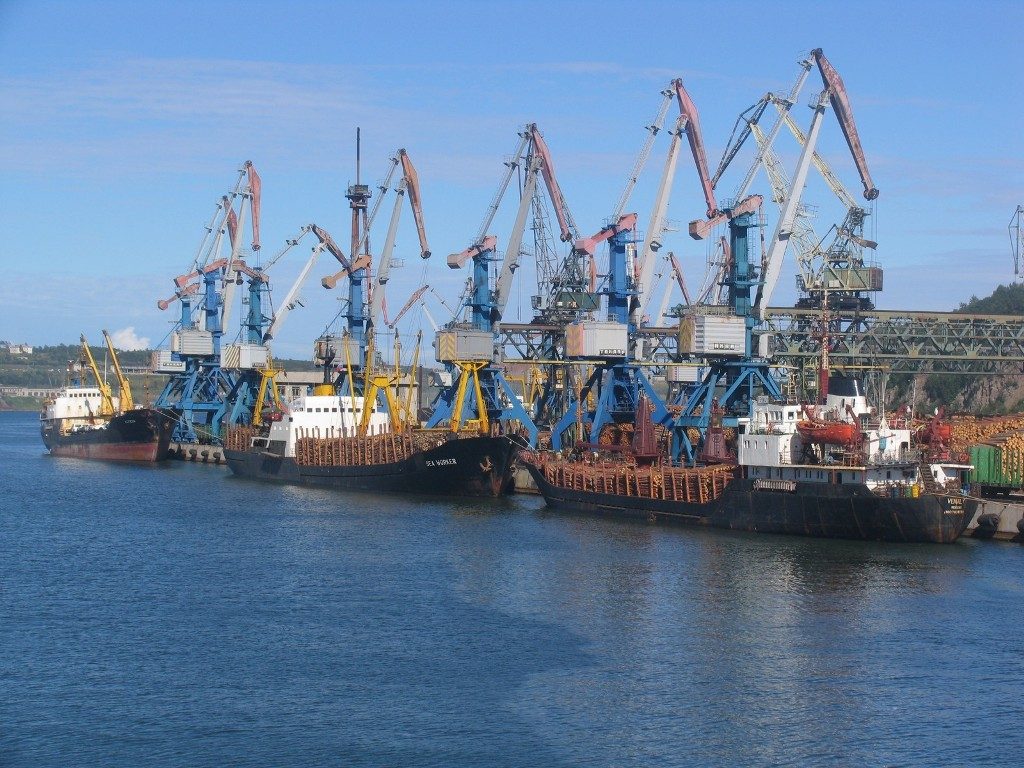The sea ports of Ukraine reforming envisages further corporatisation of Ukrainian Sea Ports Authority (USPA), and realisation of the international Port-Landlord pattern which in further prospect implies total transfer of commercial activities and cargo handling to private operators.
By Viktor Dovhan, Adviser to Minister of Infrastructure of Ukraine
There is a trend nowadays in Ukraine as well as worldwide regarding the ports assets transfer to concession for port activities in accordance with Law of Ukraine on Concession passed in October 2019. In January 2020 first concession tenders’ results were announced in respect of the sea ports Olvia and Kherson. The next phase is going to comprise concession projects for Rail Ferry Complex in Chornomorsk Port, Passenger Terminal with a hotel in Odessa Port, and the sea port of Berdiansk. For the latter a preliminary Feasibility Study (pre-FS) was developed by Ministry of Infrastructure with the help of European experts.
The development of pre-FS for Berdiansk sea port development project is a part of the national transport model and embraces the components as follows:
– market analysis, cargo flow and ships calls number forecast;
– legal analysis;
– the port’s transport links analysis;
– the port’s infrastructure operational activities analysis;
– environment impact assessment;
– financial assessment of the activities;
– elaboration of solutions enabling to increase the work efficiency;
– risks analysis.
The biggest problem for the port of Berdiansk is the control of the Kerch Strait by Russia, the state-aggressor, who provides ships inspection at the Azov Sea entry resulting in ships demurrage, and the entering vessels’ air draught limitation by the Kerch Bridge – now biggest vessels able to pass it are less of 20,000 DWT.
The port’s bottleneck is its long navigable canal securing access to Berdiansk Port, the design depths of which are not always properly maintained; too long loading operations, particularly with grain, are worth being noted too.
As concerns the railway connection, there are such problems in the port: no electrified tracks at least to the port itself, no port’s own railway station, and the lack of locomotives. These problems impact mostly the exports of ceramic clay and metal products.
With regard to the motorway connection – the port is situated within the city, so grain trucks carrying export grain have to pass it, which results in traffic jams and other road safety issues, especially in summer when the city is crowded with tourists, as Berdiansk is a sea resort as well, and simultaneously the grain harvest peak time.
The pre-FS is developing suggestions regarding the trucks idling site beyond the city limits, and some operational solutions for the traffic peaks avoidance, as well as enlargement of storage facilities in the port area, along with more tense trucks weigh control measures.
The export of grains and clays is most likely to remain the port’s cargo handling market development’s main source. The corresponding throughput is expected to grow annually by 2-3% in the next 10 years, or even more provided Ukrzaliznytsia (Ukrainian Railways) grants discounts.
Engagement of a series of new cargoes is also foreseen, first of all oil products and fertilisers, yet their handling numbers would be restricted, and return of the coal and ore cargoes is not expected. In 2019 the yearly cargo handling turnover in Berdiansk Port reached 2M t. As per the forecast, in 2029 the port will handle 2.6M t by the basic scenario, and 3.3M – by the optimistic one.
Another problem is with maintaining design depths in the approach channel and operational harbour. To secure access for any vessels that can enter the Azov Sea, some 1M m3 of annual dredging should be provided. Berdiansk Port has 1.5 km long waterfront, yet the best equipped quay (Berth 9 fitted with silos and a loading machine) has the least depth: only 4.5 m, while the other quays are 7.5 m deep.
As for the loading and discharging equipment, it’s worth to note the lack of modern grain storage and loading facilities. All the cargoes arriving at the port except grain stay too long at the port yards which may soon result in the absence of free storage areas. hence, the cargo throughput must be accelerated, tariffs changed too. there are suggestions in respect of the trucks movement optimisation in the port.
The incomes of the public stevedore State Enterprise (SE) Berdiansk sea trade port (BSTP) are constantly decreasing, having shrunk 4.7 times in 2016. This is conditioned by general decrease of marine traffic in the port, and by loss of some market share won by competing private companies. The pre-FS’s expenses and incomes analysis envisages viability of the SE BSTP potential concession.
Basing on the pre-FS, MIU has to develop a concept note analysing efficacy of the PPP proposal. Recently Government has amended PPP Efficacy Analysis Procedures. According to the latter, conclusions concerning a concession project viability shall be agreed by Ministry of Economy, Ministry of Finances, and Ministry of Environment Protection and Energy, then a full FS shall be developed and the concession tender announced.
The concession of Berdiansk Port is an opportunity of attracting investments into the region suffering the most from the Crimea annexation and war in Donbass, developing the port infrastructure, enlarging cargo throughput and creating new jobs.
https://cfts.org.ua/blogs/perspektivi_kontsesi_portu_berdyansk_528


